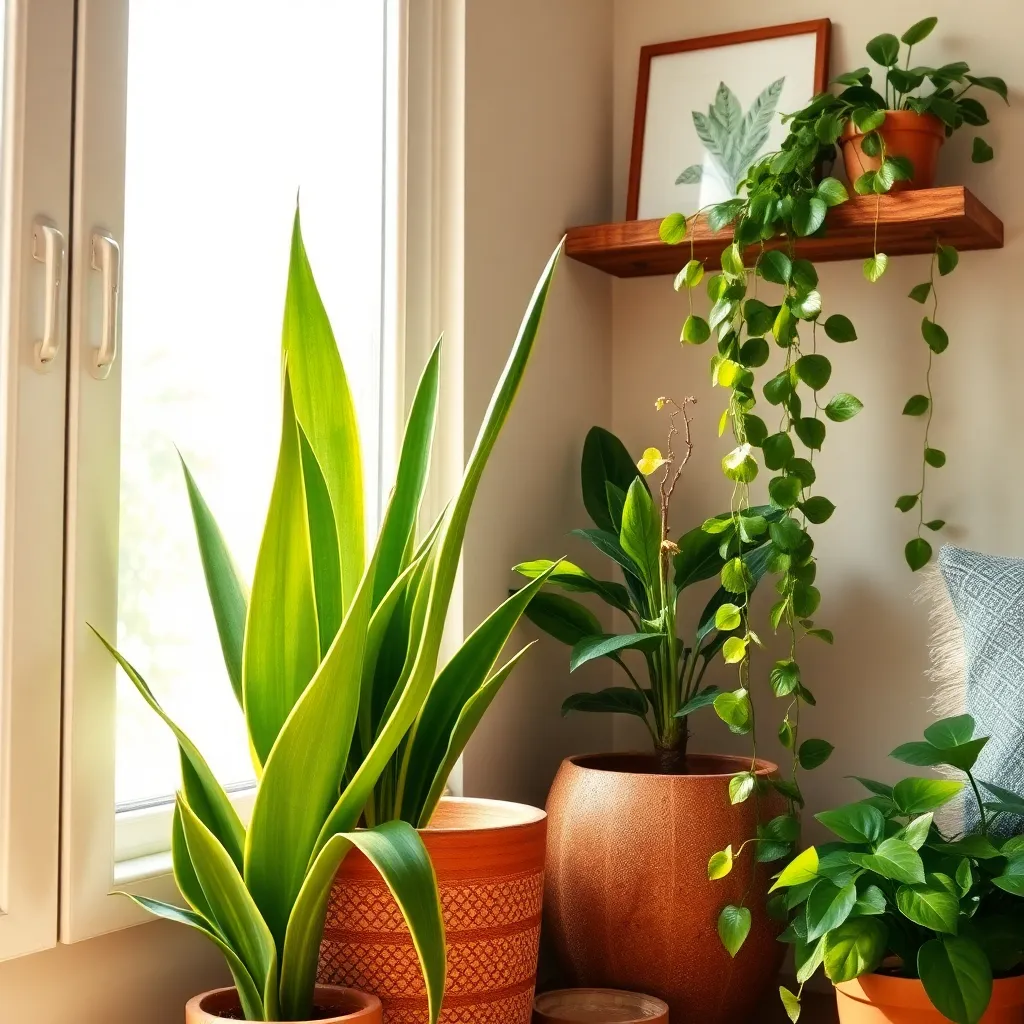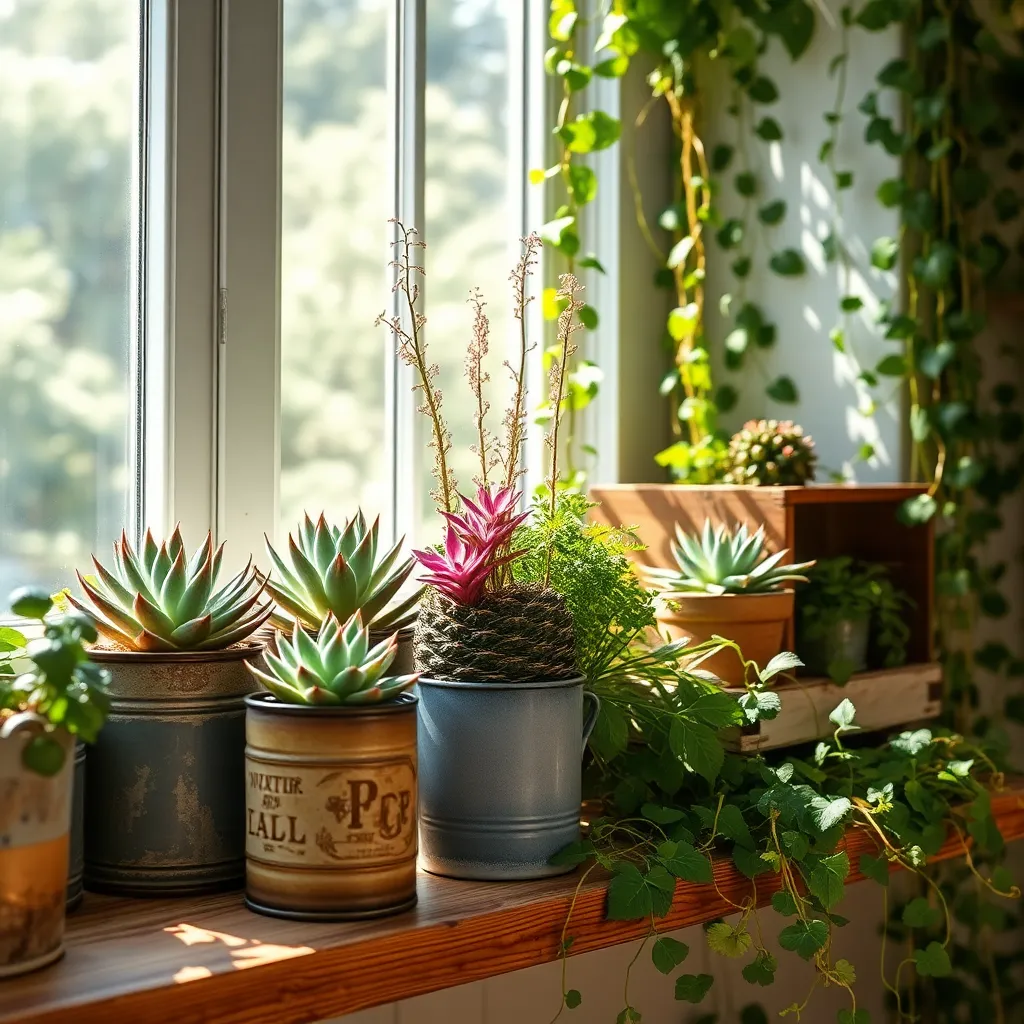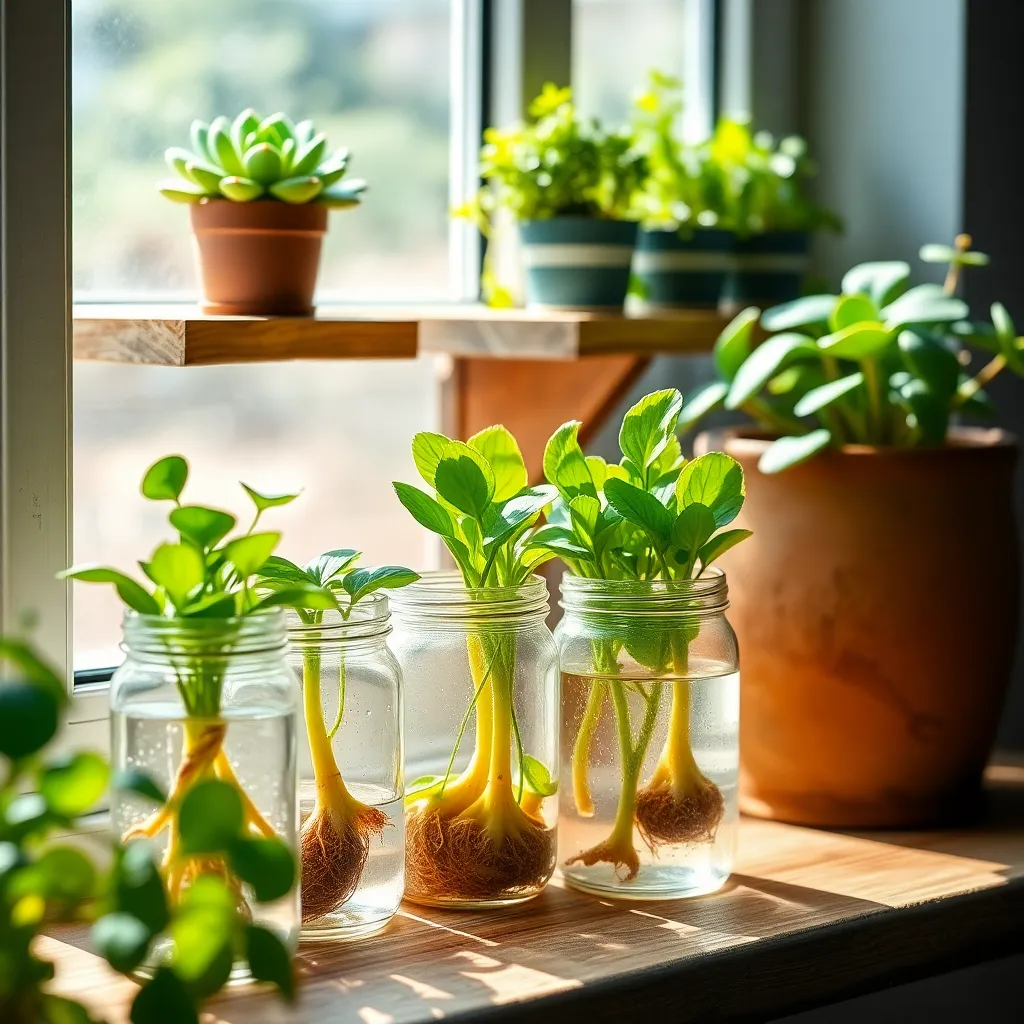Imagine transforming your living space into a lush, green oasis without breaking the bank—sounds like a dream, right? Whether you’re just starting your gardening journey or have a seasoned green thumb, “Budget-Friendly Indoor Plant Ideas” is your gateway to achieving this verdant vision effortlessly and affordably. This guide is a treasure trove of indoor plant options that won’t just survive but thrive in your home, all while keeping your budget intact.
In these pages, you’ll discover a curated selection of plants that are as easy on your wallet as they are on the eyes, each chosen for their resilience and low-maintenance nature. From purifying your air to boosting your mood, these plants offer practical benefits that will enhance your daily life. Dive in with confidence, knowing that by the end of this guide, you’ll be equipped with the knowledge and inspiration to cultivate a thriving indoor garden.
Choose Low-Cost, Low-Maintenance Plants

Choosing low-cost, low-maintenance plants is a smart way to enjoy indoor gardening without breaking the bank. Succulents are a great option because they require minimal watering and can thrive in various lighting conditions.
Consider the resilient snake plant, which is perfect for beginners due to its ability to tolerate neglect. It grows well in low light and only needs to be watered when the soil is completely dry.
Another excellent choice is the pothos plant, known for its lush, trailing vines. It adapts easily to different environments and can grow in both bright and low-light areas, with watering needed once the top inch of soil feels dry.
For those willing to try something slightly more advanced, the peace lily is a rewarding option. This plant does well in low-light conditions and enjoys a weekly watering schedule to keep its soil consistently moist.
Repurpose Containers as Plant Pots

Repurposing containers as plant pots can be an exciting way to infuse creativity into your indoor gardening while minimizing costs. Look around your home for unused items such as old teapots, mugs, or even tin cans, which can serve as charming and functional plant homes.
Before planting, ensure that each container has adequate drainage holes to prevent waterlogging, which can lead to root rot. If the container material makes drilling difficult, consider adding a layer of pebbles at the bottom to improve drainage.
When selecting soil, opt for a quality potting mix that suits the type of plant you’re growing. For example, succulents thrive in a well-draining cactus mix, while herbs prefer a nutrient-rich potting soil.
Avoid overcrowding plants in your containers to allow for proper air circulation and growth. Space is crucial to ensure that each plant can reach its full potential without competing for resources.
Water your plants according to their specific needs, keeping in mind that different materials retain moisture differently. For instance, clay pots tend to dry out faster than plastic ones, so adjust your watering schedule accordingly.
Propagate Cuttings to Expand Greenery

Growing plants from cuttings is an exciting way to expand your indoor greenery without spending much money. Start by selecting healthy, non-flowering stems from your existing plants, as these are more likely to root successfully.
After selecting your stems, use a clean, sharp knife or pruning shears to make a cut just below a node—a small bump where leaves or branches grow. Dip the cut end in rooting hormone to encourage faster root development, though this step is optional for plants that root easily, like pothos or philodendron.
Once prepared, place the cuttings in a glass of water or pot them directly into a well-draining soil mix, such as a blend of peat and perlite. If using water, change it every few days to prevent stagnation and promote healthy root growth.
For advanced gardeners, try creating a mini greenhouse effect by covering the potted cuttings with a clear plastic bag or bottle. This maintains humidity and warmth, two key factors that encourage root development.
Monitor the cuttings closely, ensuring they receive indirect light and are kept at a consistent temperature around 70°F (21°C). Patience is key, as roots may take several weeks to develop depending on the plant type.
Once roots are about an inch long, or when new growth appears, it’s time to transfer them to individual pots. Use a nutrient-rich potting mix and water them thoroughly to settle the soil around the new roots.
Utilize LED Bulbs for Growth

LED bulbs are an affordable and efficient option to support the growth of your indoor plants. By using LED grow lights, you can provide the necessary spectrum of light that plants need to thrive, even in spaces with limited natural sunlight.
Choose LED bulbs that emit light in the blue and red spectrum, which are crucial for photosynthesis and plant growth. Position the lights 6 to 12 inches above your plants, and adjust the distance based on the specific needs of your plant species.
For beginners, setting a timer for your LED lights can help simulate a natural daylight cycle, promoting healthy growth. Typically, plants require about 12 to 16 hours of light per day, but be sure to research the specific light requirements for your plants to avoid overexposure.
More experienced gardeners can experiment with varying the light intensity and exposure duration to optimize growth for different stages of plant development. Combining LED lights with a well-draining potting mix and a consistent watering schedule can further enhance your indoor garden’s success.
Create DIY Self-Watering Planters

Creating DIY self-watering planters is a fantastic way to ensure your indoor plants receive consistent moisture. To start, you’ll need two containers: one as the planter and another as a water reservoir.
Choose a planter with drainage holes to prevent waterlogging, and place it inside the reservoir. This setup allows the plant roots to draw water as needed, reducing the frequency of manual watering.
Use a wick, like a cotton rope or a strip of fabric, to connect the soil in the planter to the water in the reservoir. Ensure the wick extends from the bottom of the planter into the water to facilitate capillary action.
For optimal results, use a well-draining potting mix, such as a blend of peat moss and perlite. This type of soil helps maintain the right balance of moisture and air, promoting healthy root growth.
Check the water level in the reservoir regularly, especially during warmer months when plants may need more water. Advanced gardeners can experiment with adding liquid fertilizers to the water to provide nutrients directly to the roots.
With this simple and effective DIY method, you can enjoy thriving indoor plants with minimal effort. The self-watering system is not only cost-effective but also a sustainable way to care for your green companions.
Conclusion: Growing Success with These Plants
In exploring ‘Budget-Friendly Indoor Plant Ideas,’ we’ve uncovered five key concepts that weave nature into the fabric of our relationships. First, shared projects like nurturing plants can strengthen bonds and create lasting memories. Second, creating a calming environment with greenery can reduce stress and encourage open communication. Third, plants can serve as metaphorical reminders of growth and patience, essential in any relationship. Fourth, choosing plants together fosters collaboration and mutual decision-making. Finally, the ongoing care of plants can symbolize commitment and responsibility, cornerstones of healthy relationships.
Now, take a moment to select a plant with your partner or loved one—start a new journey together by visiting your local nursery or researching online. As you embark on this green adventure, remember to save or bookmark this article. It will serve as a valuable reference point for nurturing both your plants and your relationship.
Looking ahead, integrating these concepts into your daily life promises to cultivate not just your indoor garden, but also the flourishing success of your relationships. Embrace this opportunity to grow together, and watch as both your love and your plants thrive.
